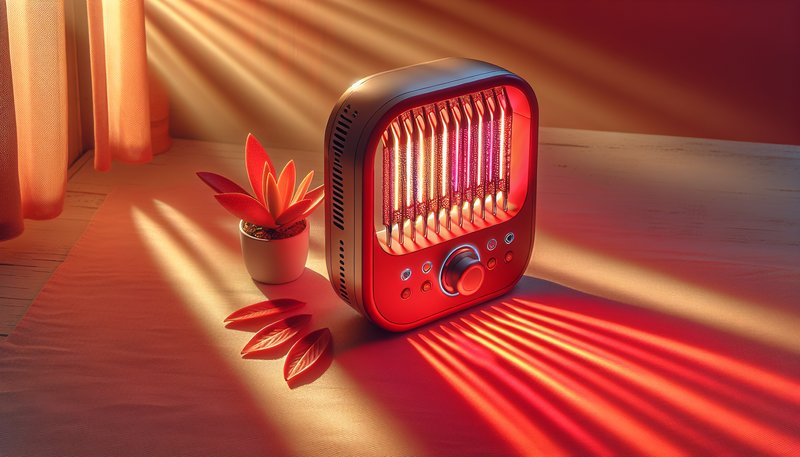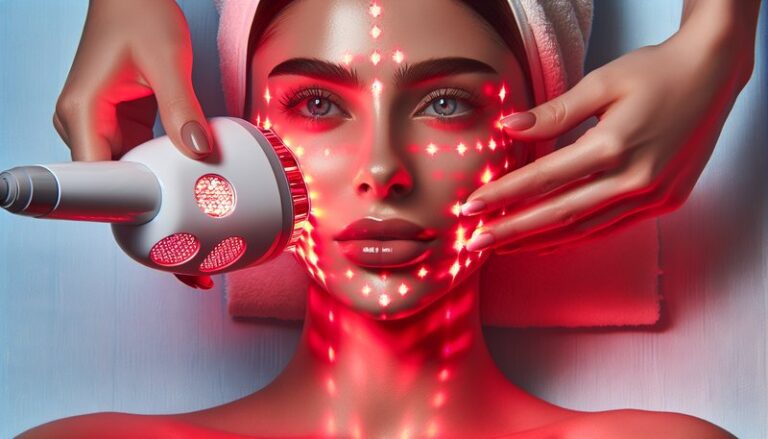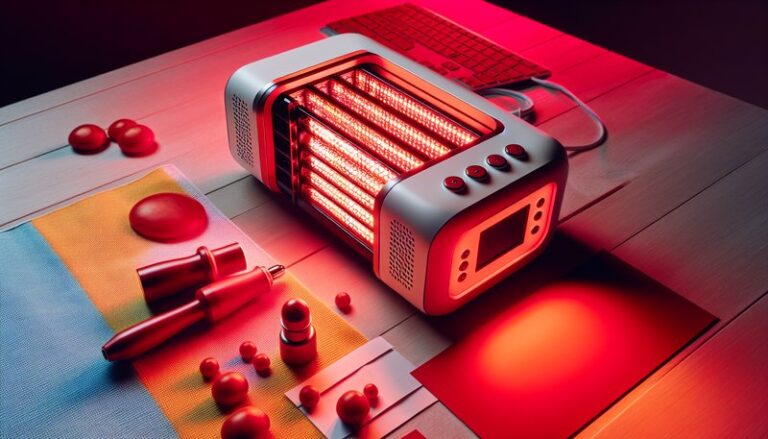How Long Red Light Therapy?
Are you curious about the optimal duration for red light therapy sessions?
In this article, we will explore the recommended session length for red light therapy, its benefits, and important considerations. We’ll also address common questions about its effectiveness and safety, helping you make informed decisions regarding your wellness routine.
Key Takeaways
- Red light therapy sessions typically last between 10 to 30 minutes.
- Frequency of treatments can vary based on individual needs and conditions.
- It’s essential to consider skin type, healing goals, and device specifications to get the best results.
What is Red Light Therapy?
Red light therapy (RLT) is a non-invasive treatment that uses low-wavelength red light to stimulate cellular function. The therapy promotes healing, reduces inflammation, and can enhance skin appearance by improving collagen production.
This therapy has gained popularity in recent years for its numerous applications, ranging from cosmetic improvements like wrinkle reduction to pain management in various medical conditions.
How Does It Work?
When red light is absorbed by the skin, it interacts with mitochondria, the powerhouse of the cell, enhancing ATP (adenosine triphosphate) production. This process boosts cellular energy, leading to improved tissue repair and anti-inflammatory effects.
What are the Benefits of Red Light Therapy?
The following points highlight the significant advantages of incorporating red light therapy into your wellness routine.
Enhanced Skin Health
Red light therapy can promote skin healing, reducing wrinkles, and improving skin tone. Studies show it can increase collagen production, leading to firmer skin and a more youthful appearance.
Pain Relief and Healing
Many individuals with chronic pain conditions, such as arthritis or muscle soreness, experience relief through red light therapy. It can reduce inflammation and enhance recovery by encouraging blood flow to affected areas.
Improved Mood and Sleep Quality
Some users report enhanced mood and better sleep after undergoing red light therapy. This could be due to its effects on melatonin production and circadian rhythms.
Additional Benefits
- Wound Healing: RLT can speed up the healing of wounds and injuries.
- Hair Growth: It has been linked to encouraging hair regrowth in individuals experiencing hair loss.
Is it Possible to Overdo Red Light Therapy?
Yes, while red light therapy is generally safe, excessive use can potentially cause skin irritation or diminish its effectiveness. Understanding the right duration and frequency is crucial for maximizing benefits.
What are the Advantages of Monitoring Your Usage?
Maintaining an appropriate duration of therapy can lead to optimal results. Here are some advantages:
Promotes Better Results
Adhering to recommended times ensures you receive the full benefits without risking adverse effects.
Saves Time and Energy
By following a structured routine, you can integrate RLT into your schedule without disruption.
Discover the details in Is Red Light Therapy Harmful to Eyes?
What are the Disadvantages of Excessive Usage?
Overexposure to red light therapy may lead to diminished results and skin sensitivity.
Skin Irritation
Prolonged exposure could result in temporary redness or irritation, similar to a mild sunburn.
Potential Decreased Effectiveness
The body may become less responsive to treatment if sessions are too frequent, leading to a plateau in results.
What are the Things to Consider Before Starting Red Light Therapy?
Before initiating red light therapy, it’s important to consider several factors to maximize effectiveness and safety.
Skin Type
Different skin types may react differently to RLT, so it’s vital to customize your approach based on your individual skin characteristics.
Treatment Goals
Clarify your goals for treatment. Whether it’s for cosmetic reasons, pain relief, or another purpose, your objectives will influence session duration and frequency.
Discover the details in Red Light Therapy Penetration Depth
Device Specifications
The effectiveness of red light therapy can vary depending on the device used. Make sure to research the model’s recommended usage times and power output.
What are the Alternatives to Red Light Therapy?
If red light therapy isn’t suitable or available for you, there are several alternatives to consider.
Infrared Therapy
Similar to red light therapy, infrared therapy uses different wavelengths to penetrate deeper tissues, providing pain relief and healing benefits.
Cryotherapy
Cryotherapy involves exposing the body to extreme cold to reduce inflammation and promote recovery, offering an alternative form of recovery and treatment.
Topical Treatments
Creams and ointments containing active ingredients like retinol or hyaluronic acid can provide similar cosmetic benefits as red light therapy by enhancing skin health.
Conclusion: Is it Recommended to Use Red Light Therapy?
Red light therapy is a safe, effective treatment with numerous proven benefits, particularly in skin health and pain management. However, it’s essential to follow recommended durations and frequencies for optimal results while taking personal health factors into account.
Frequently Asked Questions
How long should a session of red light therapy last?
Typically, sessions last between 10 to 30 minutes, depending on individual goals and device specifications.
How often should I use red light therapy?
For best results, many users start with 3-5 sessions per week and adjust as needed based on their specific conditions and responses.
Is red light therapy safe for everyone?
While generally safe, individuals with certain conditions or sensitivities should consult with a healthcare professional before starting.
Can red light therapy be used at home?
Yes, many users invest in at-home devices for convenience. However, ensure that the device is reputable and follows safe usage guidelines.
What results can I expect from red light therapy?
Results vary by individual, but many notice improvements in skin tone, pain reduction, or enhanced healing within a few weeks of consistent use.






